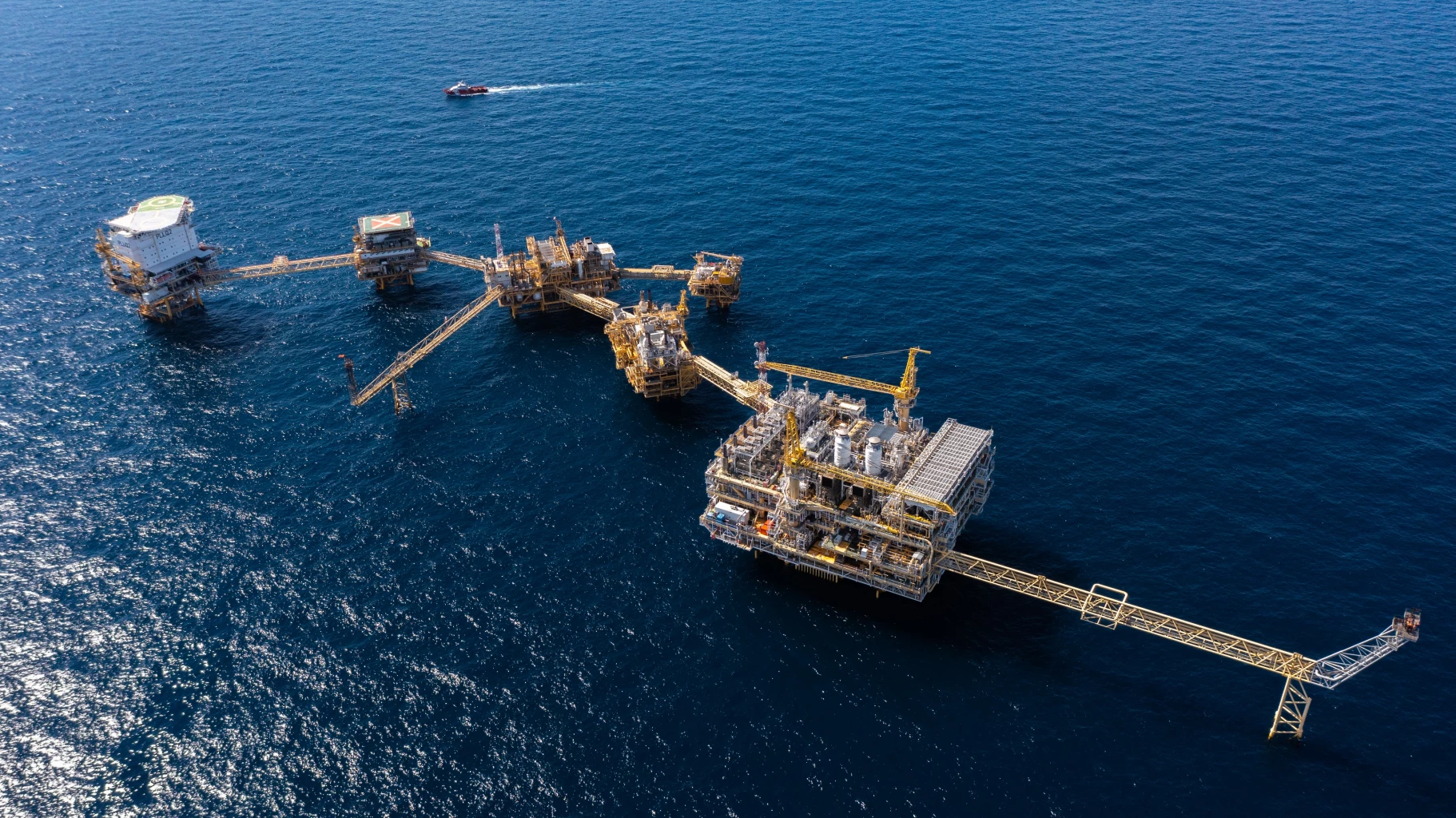Global and Thai economic forecast for 2020

The Thai economy will improve only slightly if the investment and export sectors recover, or it could worsen if a new political crisis affects the investment and consumption sectors.
Also, if a war develops between Iran and the United States, oil prices could spike 20 per cent from the current level.
To make matters worse, the tourism sector in Thailand and Asia may be affected by a new strain of pneumonia if this becomes as severe as the SARS epidemic 17 years ago.
However, the economic situation might not reach 1997 Asian financial crisis proportions.
The economic growth rate this year will be approximately 3.5-3.6 per cent, compared to 3 per cent in 2019, the lowest GDP in 10 years, said Assist Prof Anusorn Tamajai, director of the Economic and Business Research Centre at the Institute of Economics, Rangsit University, on Sunday ( January 5).
Global GDP in 2020, calculated by the IMF Purchasing Power Parity, will be $149.53 trillion.
The impact from the trade war has improved, but global economic growth is still lower than the average seen between 2001 and 2019, which was 3.9 per cent, Anusorn said. The growth rate of the world economy touched 4.3 per cent in 2000.
The latest global economic risk factors stem from the conflict between the United States and Iran, which is likely to expand the crisis and conflicts in the Middle East, he said. These factors will force oil and energy prices to rise. The oil price on the world market has increased by more than 4 per cent, reaching the highest level since April last year. If Iran responds to the conflict by closing the Strait of Hormuz, which connects the Persian Gulf with the Gulf of Oman, or attacks oil tankers in the strait, it will affect the supply of crude oil to Asia as 80 per cent of tankers use the channel to transport approximately 22.5 million barrels per day of crude oil to the continent.
US President Donald Trump has also announced that the military is prepared to attack 52 key targets in Iran.
If Iran takes drastic steps, the domestic oil price will increase more than 20 per cent from the current level, he said.
Inflation rates in many countries will be higher than expected by the International Monetary Fund and the World Bank. However, inflation will not hinder the need for easy monetary and fiscal policies. US GDP is expected to be at the 1.9-2.1 per cent level, the euro zone at 1.2-1.5, Japan 0.5-0.8 and China 5.8-6 per cent.
Anusorn said world trade growth should increase significantly – by no less than 3 per cent compared to 1.2 per cent in 2019. However, when compared to the value in dollars, the growth rate will continue to decrease or remain negative from last year’s level, while trade and investment growth within the region is expected to increase as a result of the "changing globalisation system and the diffusion of trade barriers, including the influence of commercialism and economic nationalism”.
Global stock and financial markets are expected to remain positive from high liquidity and will increase due to quantitative easing measures by the central banks of developed countries and China.
Gold prices and the dollar will rise if the Middle East is engulfed in a war. Investors will seek more safe haven assets such as dollars, government bonds and gold.
One positive factor is that the trade war between the United States and China may not intensify but will see the enforcement of intellectual property laws, especially for high-tech products. In addition, there may be trade conflicts on the taxation of digital and online businesses between the United States and Europe, while Brexit could take longer to achieve.
Thailand’s economic growth rate this year is very uncertain and highly volatile, Anusorn pointed out. There may not be an economic crisis that many people call the “real burn”, or a twin of the 1997 Asian financial crisis, but only a long period of low economic growth due to structural problems, stiff trade competition, the spread of corruption at all levels, the decline of faith as a result of not adhering to the rule of law, and an inability to keep up with international digital technology. These factors will cause more layoffs and unemployment in the first half.
The country’s growth rate in 2020 is expected to be 1.8-2.9 per cent, lower than the average GDP growth of the Asean region. Thailand will have the second-lowest GDP after Singapore this year. The average GDP growth rate of developing countries in Asia is around 6 per cent.
However, the Thai economy may improve slightly if the investment and export sectors recover, which could see an expansion of around 2.6-2.9 per cent, but there are also expectations that it may grow below 2 per cent.
According to Anusorn, investment in financial markets will continue to benefit from low interest rates and high liquidity. The rise in the price of risk-weighted assets may not reflect the fundamentals of the economy and business performance. Therefore, investors must choose the timing of investment and trading appropriately and in line with rapidly changing dynamics. It is expected that the Thai stock market index will move in the range of 1,750-1,550 in 2020.
He forecast that the baht currency will be highly volatile and may strengthen slightly in the first quarter but could weaken after short-term capital outflows. The baht will move at the level of 29-31 per dollar in the first quarter, 30.50-31.50 during the second quarter, 29.50-30.50 in the third quarter, and 31-32 during the last quarter.





